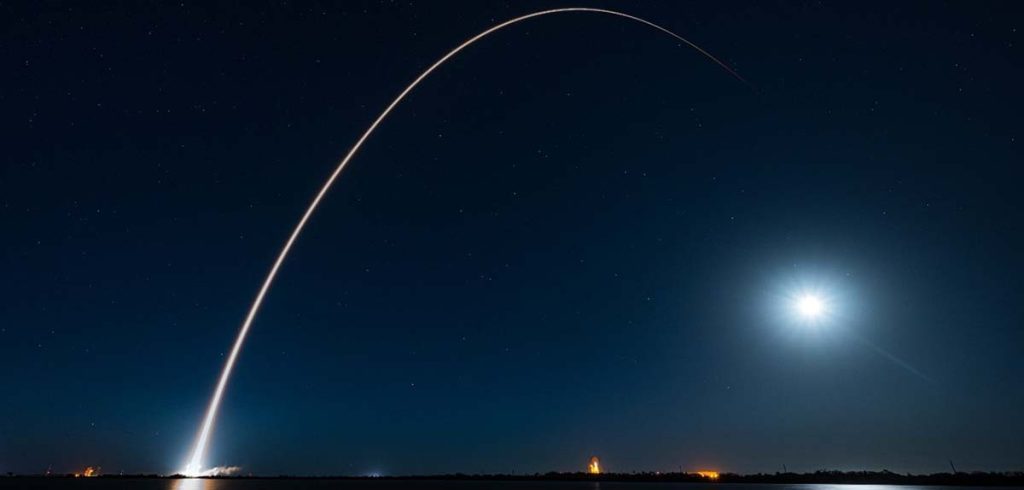Last February 6, Amazonas Nexus, the most advanced satellite of Hispasat, was launched from Cape Canaveral aboard a SpaceX Falcon 9 rocket. This satellite has implied an investment of over 300 million euros and opens up a new era for the company.
The satellite will offer internet access in places as remote as Greenland and will provide services for the defense sector, since part of Nexus’ capacity will be allocated to a contract with the United States Space Force.
Amazonas Nexus is a high-performance geostationary satellite aimed at the air & sea mobility market, which will offer high-speed internet access across the entire American continent, the north and south Atlantic corridors and Greenland. It is especially designed to provide aircraft and vessels with high-quality connectivity, among other services.
It is the third satellite manufactured for Hispasat by Thales Alenia Space (TAS), after Hispasat 1C and 1D, which were put in orbit in 2000 and 2002. Once the specifications were defined by the Spanish company, TAS, as a main contractor, was responsible for the design, production and orbital acceptance testing. The device has seen a major participation by the Spanish aerospace industry.
More flexibility
Amazonas Nexus is the fourth commercial satellite to include a state-of-the-art digital transparent processor (DTP) that increases its flexibility, since it can be reconfigured in orbit if there are changes in the commercial landscape during its 15-year service life. This powerful satellite is expected to start operations in July of 2023.





